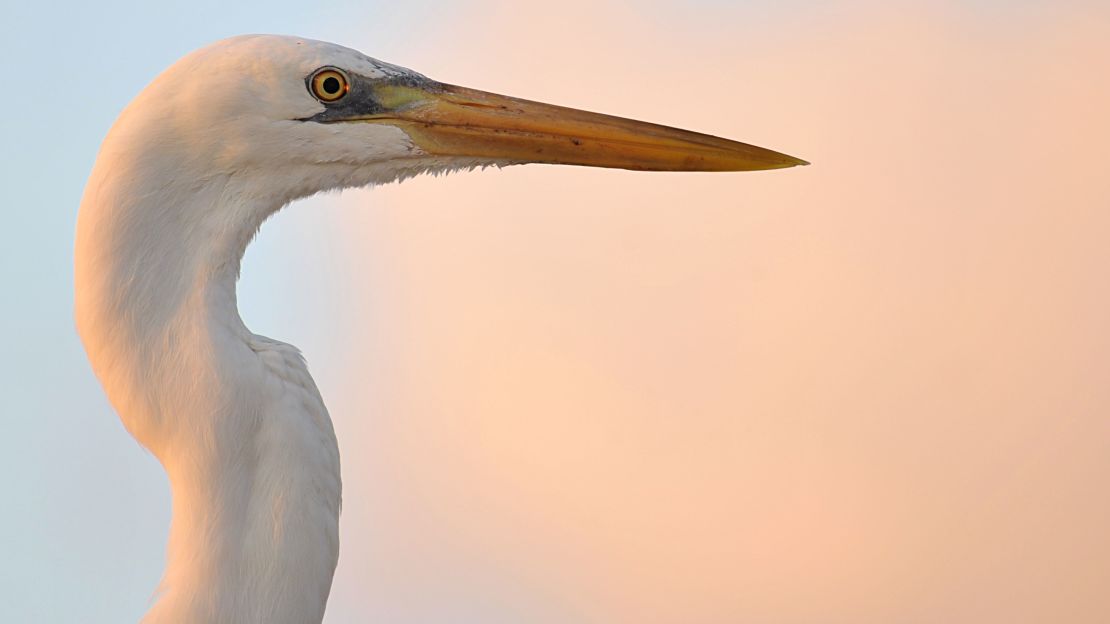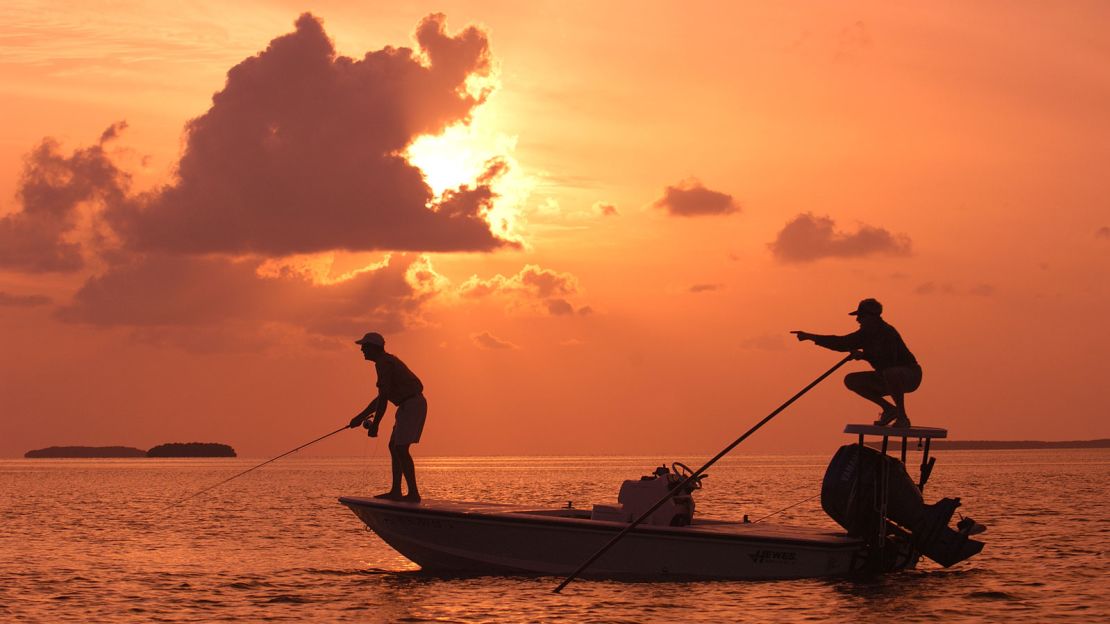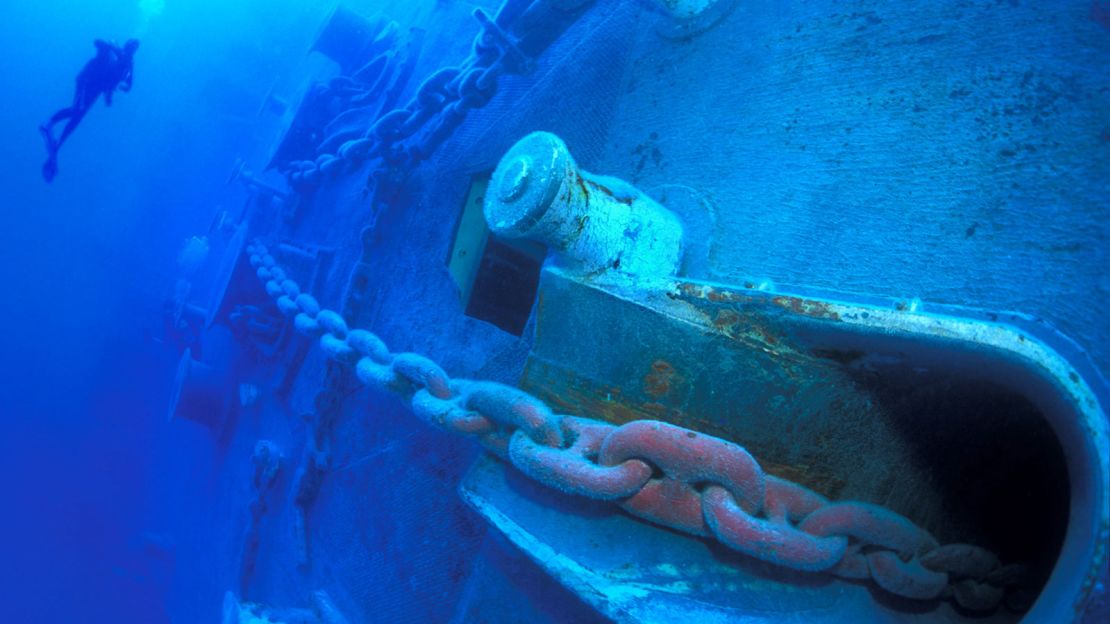Road trips don’t come more spectacular than the Overseas Highway.
Sailing through tropical savanna over the Florida Straits, it links Miami on the mainland with the 180-kilometer-long (112 miles) Florida Keys island chain.
Most visitors head straight to Key West, the southernmost city in the continental United States, but if they stopped along the way, they’d find secluded islands, historic shipwrecks and some of the best fishing holes in the country.
Not to mention turtles, dolphins and North America’s smallest species of deer.
Big Pine Key
Just 40 minutes up the road, Big Pine Key’s a peaceful reprieve from the hubbub of Key West.
Unlike the majority of the Florida Keys, which are built from fossilized coral reefs, Big Pine and the Lower Keys are composed of limestone strata.
Here you’ll find some of the Florida Keys’ most unique flora and fauna. Pine forests give Big Pine its name. There are tarpon, bonefish and barracuda in the channels between the mangrove-rimmed islands.
Big Pine and the Lower Keys are one of the last remaining homes of the Key deer, the endangered knee-high species that’s learned to exist among the shallow bays.
One of the best ways to round off a day is to head to the No Name Pub, a seafood and pizza restaurant that’s been a Big Pine Key institution since 1936.
Vintage photos show Disney’s Magic Kingdom being built
Marathon

Legend has it this city got its name from the workers who toiled to build Henry Flagler’s railroad through the Keys. The work, they said, was a real marathon.
The name stuck and today the 26-kilometer series of islands is one of the most family friendly strips in south Florida.
At The Turtle Hospital, kids (and adults) can go behind the scenes at the world’s first licensed veterinary hospital for sea turtles and feed snacks to Bubble Butt, Rebel and Chance, a few of the hospital’s permanent residents.
Sixteen kilometers up the road at the Dolphin Research Center in Grassy Key, visitors can kiss and shake hands with one of the center’s 27 dolphins, some of which are direct descendants of the aquatic actors in the first “Flipper” movie.
Kids can also hug a sea lion, assist with research studies and learn how the center’s trainers use hand signals to communicate with the dolphins.
“Most of our dolphins have grown up here,” says Mary Stella, director of media and marketing at the Dolphin Research Center. “They’re used to people being part of their tribe.”
Dolphin Research Center; entry $28 for adults, $23 for children. Additional programs cost extra.
Turtle Hospital; entry $18 for adults, $9 for children. Reservations recommended.
Feel young again in ‘Old Florida’
Islamorada

This string of islands scattered between Florida Bay and the Atlantic Ocean has earned the nickname “the sport fishing capital of the world.”
As it travels north, the Gulf Stream brings a steady flow of sailfish, tuna and kingfish past the waiting hooks of Islamorada’s anglers. The waters of the back country – located practically across the street – teem with mullet, tarpon and trout.
“On a scale of one to 10, the fishing here is 9.5 year round,” says Captain Skip Bradeen, who’s led fishing charters off the coast of Islamorada for more than 50 years.
“There’s diversification throughout the area, whether it’s in the back country or just offshore. On one side of the road you’re catching big game, on the other side you’re catching little game.”
Islamorada is also coming into its own as a foodie destination.
Local chefs, and transplants from nearby Miami and far-off Napa Valley, work their magic on the day’s catch. An island-inspired SunSessional IPA or Hogfish Amber from Islamorada’s new Florida Keys Brewing Co. are an excellent way to round out a meal.
Key Largo

While there are plenty of things to do on land in the northernmost Florida Key, the best sites are found just below the waterline.
Key Largo is one of the world’s top spots for divers. A few kilometers offshore the sandy bottom is dotted with natural and man-made reefs and the skeletons of historic shipwrecks.
Divers can explore the sunken hulls of British freighters, steam engines and rescue ships, and give a high-five to the upturned arms of the Christ of the Abyss statue.
Jules’ Undersea Lodge is the self-proclaimed world’s first underwater hotel. After checking in, guests dive 8.5 meters to their rooms.
The former research lab features two bedrooms each with a meter-wide portal where you can watch grouper, snapper and the occasional manatee pass through the lagoon.
The highlight of the stay is having a pizza – or a lobster dinner – delivered to the room by scuba diver.
Orlando beyond theme parks: Rivers, culture and more
Rest stop photos: Nostalgic era of the American road trip
Helen Anne Travis is a Florida-based writer who specializes in food, drink and culture. She blogs at FromWayUpHigh.











